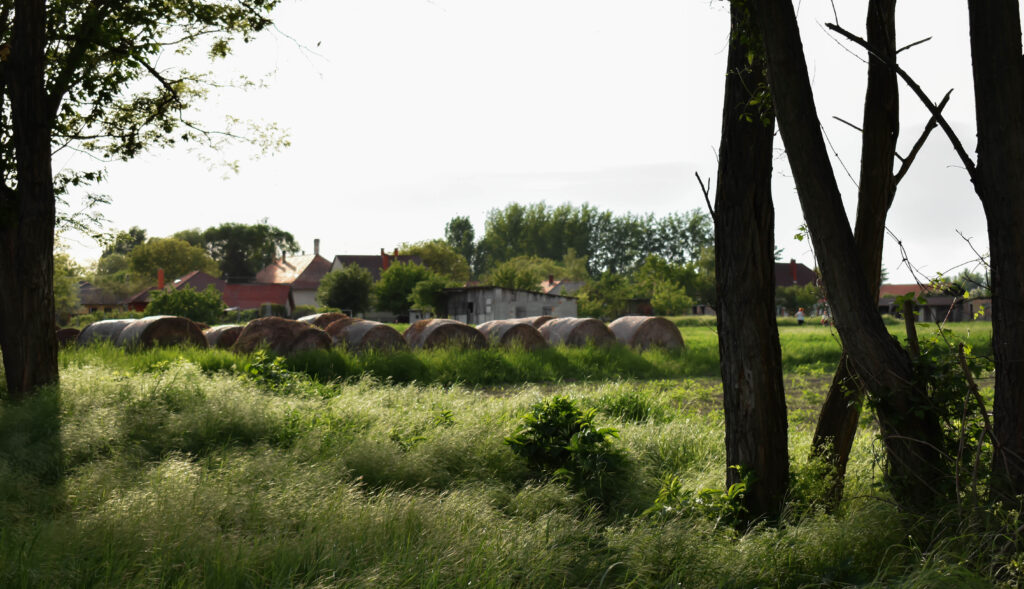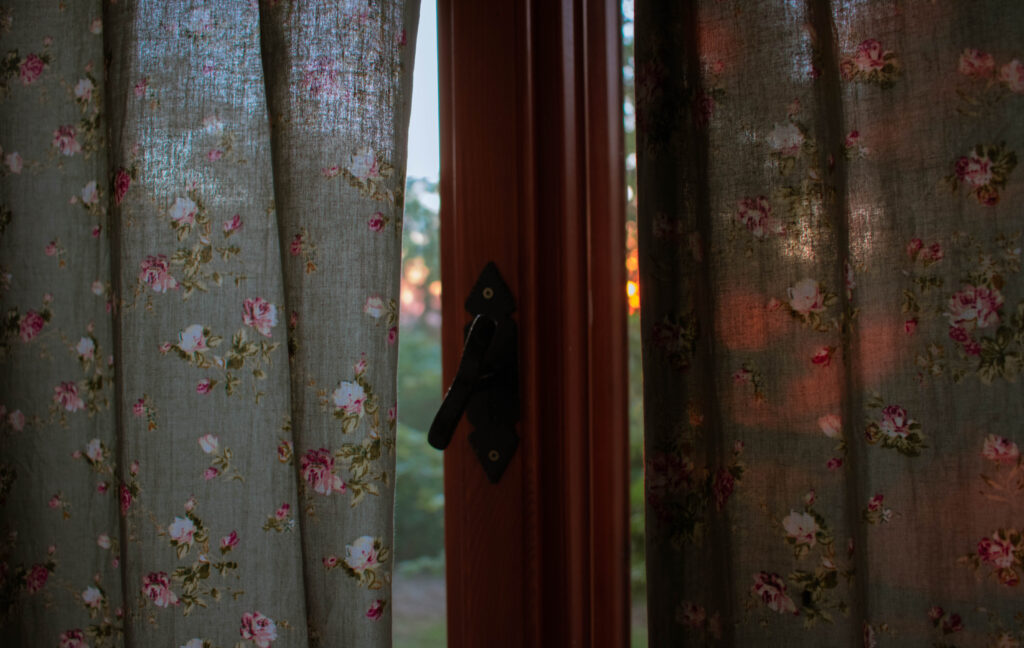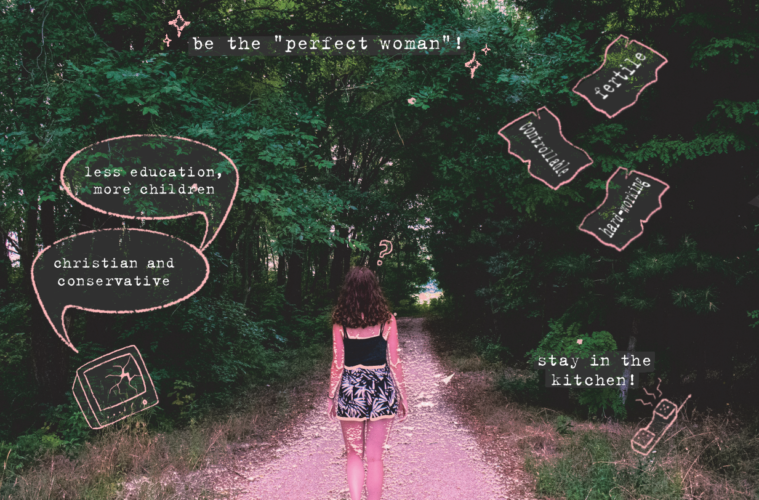This piece is powered by Reset!, the network promoting independent cultural and media actors in Europe.
I spent most of my formative years growing up in the Hungarian countryside. When the world later opened up to me as a result of going to university and travelling, I realised that if I had stayed there, I would not have become the person I am today: an informed, politically involved human rights activist working at an association with feminist values. I recall reading news on the internet instead of other sources already while I was in high school.
But who knows what would have influenced me more in the long run if I hadn’t left, the few independent newsrooms or 80% of the Hungarian media owned by the governing party?
While researching for this article, I found out that it is not only my experience but of many girls and women of my generation. I was looking for answers to the question all along: what kind of media do young women of rural origins consume these days? How and where, if at all, can they obtain objective information?
When discussing social issues and inequalities, we must consider how intersectionality relates to them. When someone belongs to several groups of minorities, the grade of their disadvantage increases – for example, if this person is a Roma woman who is also a single mother, she belongs to three different minorities (being a woman of colour and a single parent). It works similarly in the question of where one comes from as well.
Although in Hungary rural residents are the majority, they still have fewer opportunities to access information, high-quality education, or independent media platforms than people in the capital, Budapest. And when someone is already in a disadvantaged social group in addition to living in the countryside, the chance to be well-informed and -educated decreases.
So what happens when a woman grows up in the Hungarian countryside? Is there a smaller chance that she will be aware of her inequalities, due to a lack of appropriate education on gender? And what role does the media play in this equation? Are independent media a way to counter these phenomena of disinformation or lack of information?
Rural women face inequalities in a more frequent and intense manner than urban women. Imbalanced distribution of resources between men and women, traditional education of gender roles, and a closed network of relationships all prevent women from easing their limiting expectations. Research shows that, in Hungary and elsewhere, the image of rurality is linked to the image of conventional gender relations. According to a variety of European studies, traditional types of women’s roles and identities continue to describe the bulk of rural people today. Additionally, the lower the status of a settlement is, the more people with low education and living in poverty there are, which leads to bigger obstacles to the freedoms already accepted in mainstream society which has been supported by recently conducted interviews for this piece.
Hungary’s media empire
Gen Z girls were at maximum 13-14 years old when Fidesz became the governing party in Hungary, in 2010. This generation has grown up experiencing the expansion of Fidesz’s media empire and if one’s first consumed media is on a non-objective, but rather biased platform, some might say it is even propaganda, that affects pubescents’ and teenagers’ views and ideas.
The Hungarian governing party, Fidesz has used the opportunity of them being elected three times in a row. For example, it has been altering the legislation for its own benefit and making it possible that certain assets went to certain government-related straw men. As for media, it means there is also no stopping power of owning media outlets for people who normally would be in conflicts of interest. And this is exactly what happened. The first victims were local newspapers and small TV channels outside of Budapest that have been spreading Fidesz’s ideologies for a decade now. For years, the public media, which reaches every home free of charge, has been using Fidesz’s press releases and Prime Minister’s office press briefings as the basis of news. These all follow the Central Eastern European tendency of emphasising “Christian and conservative” principles in terms of women’s rights and gender equality.
Non-surprisingly, it is mostly government-related media actors who are setting the agenda on the image of the “perfect woman” as well: fertile, controllable, and hard-working while staying in the kitchen.
Recent examples include abortion rights amendments, considerable financial incentives for having more than two children, and openly denouncing women who study at university since it implies they will have fewer children. And they do not hesitate to grab every opportunity and convey this to the public.
So, considering this kind of sociopolitical environment, feminist activists and independent media actors have a hard time reaching out to rural women and vice versa, rural women are not likely to be educated on basic facts about social issues and their gender even if they wanted to.
Taking this all into consideration, where can women get valuable facts and gender-related news besides traditional women’s magazines?

Photos from Dorina’s hometown in the Hungarian countryside, by Dorina Nagy.
Rural women and their media consumption
Today, regardless of gender or geography, the internet is the primary source of information according to the National Media and Communications Authority. However, it is not common knowledge where and how we may obtain valuable news, what is more, responsible media consumption should be taught in school just like recycling or poem analysis. And we have returned to the roots of this issue: the lack of education. In a country, where the heads of high schools, towns, and villages are mostly loyal to the governing party, there is no interest in teaching where to find information from reliable sources: it’s simpler to disseminate propaganda, as the interviewees explained.
Many of the Gen Z women I interviewed mentioned the same location in their lives when they encountered diversity for the first time: university.
They were unlikely to meet openly queer individuals or people with opposing views previously, some of them did not even see young women involved in political actions sooner. They were not pushed to embrace social responsibility in a community where everyone shared homogeneous ideas or where the most critical topics were not discussed. In fact, it did not even occur to them that they are allowed to have different perspectives or that there was another side to the story. It only changed when they got away from that setting, which mostly happens to young generations from the countryside when they leave their hometown for study purposes, but emigrants could also relate, independently of their qualifications.
After the world quasi opened up to them at the university or abroad, they became acquainted with and started consuming independent media products which appear to share the following common traits: social media content by (mostly) English-speaking influencers and content creators instead of classical virtual national newsrooms. Some of them are also following the content of Hungarian-speaking accounts, such as those of NGOs or content creators, but they prefer content in English. One of the causes of choosing foreign sources over national ones could be that they lost their trust in the majority of the Hungarian newsrooms. Because, regardless of their sponsors, the inciting behaviour of those close to the government makes independent actors appear to be biased as well. Therefore, sources from other countries retained a greater sense of impartiality.
Considering the platform, the majority of young generations follow the news on social media, namely on Instagram and more often on TikTok. But these media are also not intact of the government’s authority – since the amount of engagement is highly dependent on the budget which the propaganda machines are also benefiting from.
In the given circumstances, beyond the ability to differentiate between trustworthy sources, further barriers arise: having internet access, speaking foreign languages, and the fact that the discourse on social themes is centered in the capital city. Although the former is becoming less of a problem: more than 80% of Hungarian households and 98% of people between the ages of 17 and 24 have access to broadband internet. This is even true for the less fortunate areas (2020).
In the case of language skills, bigger problems are uncovered: more than half of the country does not speak any foreign languages, and this tendency affects the rural area more.
As for the latter, this issue is not an individual Hungarian problem, but with the government overtaking the rural media landscape, the gap is much bigger than in Western countries for example.

Photos from Dorina’s hometown in the Hungarian countryside, by Dorina Nagy.
What is in favour of independent media?
For those who were informed by diverse newsrooms, getting valuable information was not the only benefit. They admitted to being more skilled at vocalising their opinions and being less afraid of viewpoint differences. Moreover, they stand by their opinion with higher confidence, which can be traced back to experiencing a variety of ideas from independent media and thus being aware that there is often more than one aspect to an issue.
To summarise, the availability of independent media for rural women might reduce the gender gap in terms of engagement in social themes and enhance the chances of a more equal society.
After evaluating the Hungarian context and the media consumption habits of young women of rural roots, it might be worth asking the question: how can independent media be more accessible to them?
As noted above, internet connection is one of the most advanced factors that are present in rural areas. Thus, what makes independent media hard to reach are the barrier of language and the exclusion of social themes in the countryside compared to the capital.
Therefore, it is irrational to think that NGOs and foreign actors alone could swap unbalanced power on the media scene. If we, as an independent, international community hub, were to solve all these problems, we could probably not overcome this immense challenge. Primarily, because we had to compromise a great deal to be even able to compete with government-related media which would leave us in a fragile situation.
Nonetheless, while acknowledging the importance of changing the power dynamic in the Hungarian media environment, there are measures to ameliorate the situation in the short term. This, according to those interviewed, would be to pursue the proven method and share news on social media, but instead of solely utilising online news publishers’ accounts, involving trustworthy TikTokers or eventually, Instagrammers from Hungary and their own audiences. This might be a better pay-off regarding reach and the problem of lacking English skills will be solved in the same breath. Of course, ideally, reaching out to educational institutions and holding workshops on critical media consumption would also be profitable, but this, given the situation of sex education, might be unfeasible too. And last but not least, choosing relatable female creators with rural origins could further contribute to the authenticity of independent media.
Written by Dorina Nagy.
Illustrated by Eszti Balázs.
If you enjoyed this article, please consider supporting it by donating to the Lazy Women Association.

